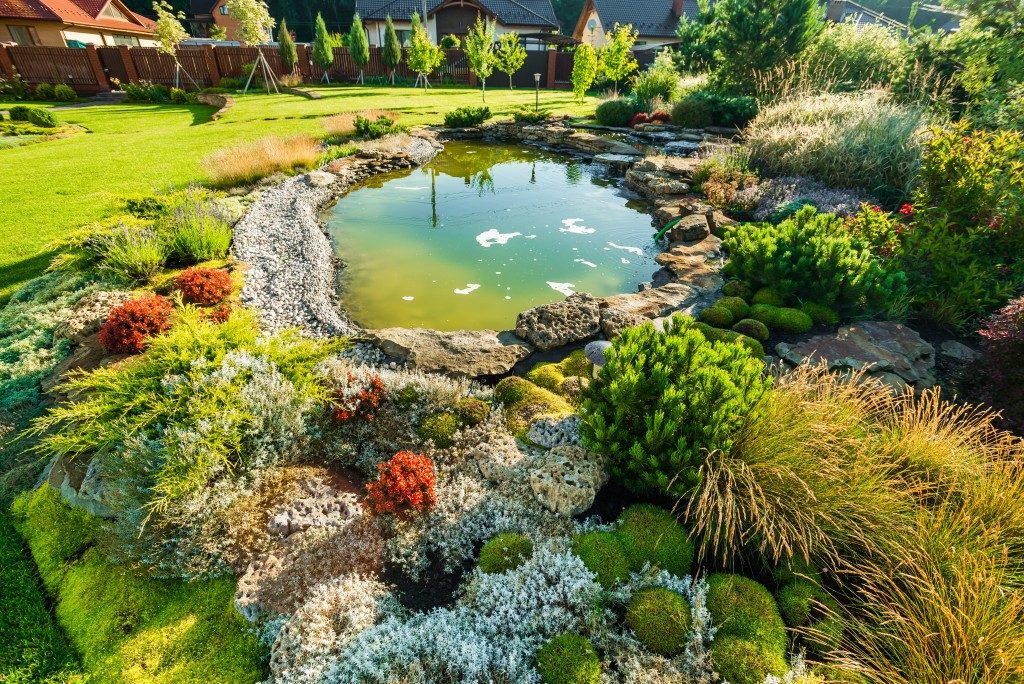- Select climate-appropriate plants and consult local experts to ensure they thrive in your area’s conditions.
- Use mulch to regulate soil temperature, conserve moisture, and improve soil over time with organic materials.
- Water plants wisely, considering their needs and weather patterns to prevent overwatering and root diseases.
- Implement frost protection by covering plants, utilizing raised beds, and introducing pests’ natural predators for eco-friendly control.
As a gardener or homeowner, you want your plants to thrive throughout the year. However, this can be a challenge, given the different seasons and weather conditions that your garden may face. From harsh winter temperatures to scorching summer heat, your plants need protection to survive and flourish. This guide provides essential tips on protecting your plants throughout the seasons.
Choose the Right Plants
The first step in protecting your plants is selecting those that are well-suited for your climate. Some plants are more adapted to specific regions than others and can better handle environmental changes. Therefore, it’s essential to research before planting and choose species that will thrive in your area’s climate. You can consult your local gardening center or agricultural extension office for recommendations on the best plants to grow in your region.
Mulch
Mulching is an effective way of protecting plants from extreme temperatures during both hot and cold seasons. Mulch helps regulate soil temperature by keeping it warm during winter and cool during summer while reducing water evaporation from the soil surface.
Organic mulch materials like leaves, straw, bark chips, or compost provide additional benefits by improving soil quality as they decompose over time. You can apply a two to three-inch layer of mulch around your plants, ensuring you don’t cover the stems or crowns.
Watering
Plants require adequate water supply for growth and development, particularly during hot summer months when evaporation rates are high. However, too much water can also harm them by causing root rot or other fungal diseases when the soil remains moist for extended periods. It’s, therefore, essential to water consistently but not excessively based on plant needs, soil type, and weather conditions.
Protecting against Frost
Frost can be detrimental to plants, especially those that are not frost-tolerant. Protecting them from frost involves covering them with blankets, tarps, or other types of protective materials during cold nights. Additionally, planting in raised garden beds can help keep the soil warmer and protect roots against frost damage.
A metal raised garden bed, in particular, can act as a thermal mass and absorb heat during the day, releasing it at night to provide additional warmth for plants. It also helps with drainage, preventing waterlogged soil that can lead to root rot. Not to mention, they’ll make your garden look stylish!
Pest Control

Pests like insects or animals can damage your garden significantly if left uncontrolled; therefore, it’s vital to identify them early on and take preventive measures immediately before infestation occurs. There are many methods of pest control available depending on plant species and types of pests present in your garden. Here are four common methods that can help protect your plants from pests.
Handpicking
This method involves manually removing the pests by hand, such as picking off caterpillars or snails and disposing of them. You can also use sticky traps to catch insects like aphids or whiteflies.
Natural Predators
Introducing natural predators into your garden to control pests is an eco-friendly and effective method. For example, ladybugs feed on aphids, while birds can help with controlling snail populations.
Organic Pesticides
If handpicking or natural predators are not enough, you may consider using organic pesticides made from natural ingredients like neem oil or garlic spray. They are safe for plants and the environment, but be sure to follow instructions carefully.
Companion Planting
Companion planting involves growing different plant species together that benefit each other in some way. For example, marigolds can repel pests like nematodes, and basil can deter flies and mosquitoes.
By taking active measures to protect your plants from pests, you can avoid using harmful chemicals and maintain a healthy and thriving garden. Just make sure to research and choose the appropriate method for your specific plant species and garden conditions.
As the seasons change and your garden evolves, remember that the key to success is preparation and adaptability. With proper selection and care, including choosing the right plants, mulching, consistent watering, protecting against frost, and controlling pests, your garden can remain a vibrant, flourishing haven all year round.
Encounters with the elements need not spell disaster. They should be viewed instead as opportunities to learn and grow alongside your plants. By implementing the above strategies and being responsive to your garden’s needs, you’ll cultivate a lovely outdoor space and a deep sense of satisfaction in your green sanctuary.



